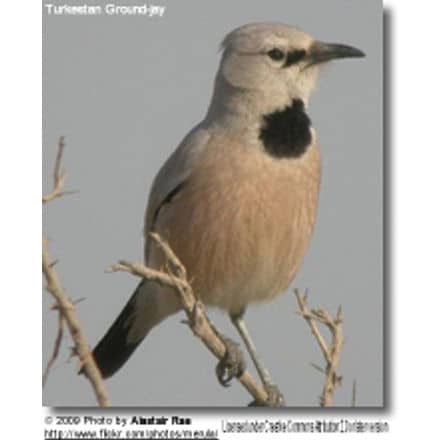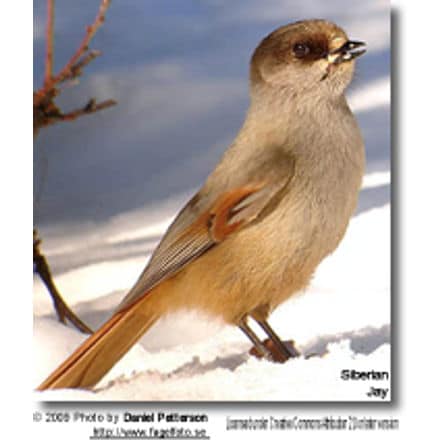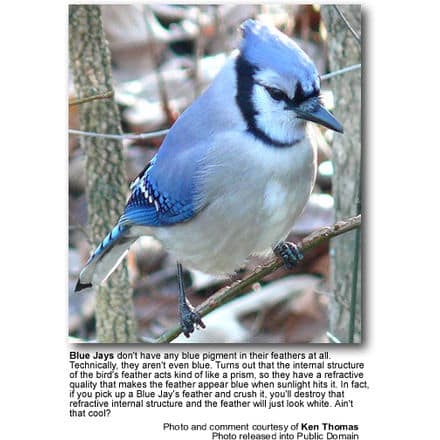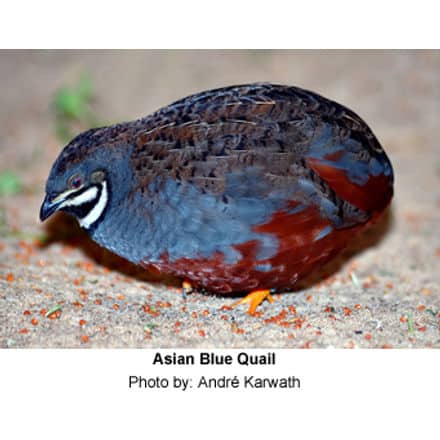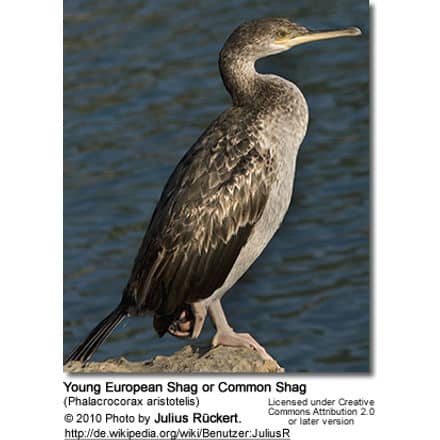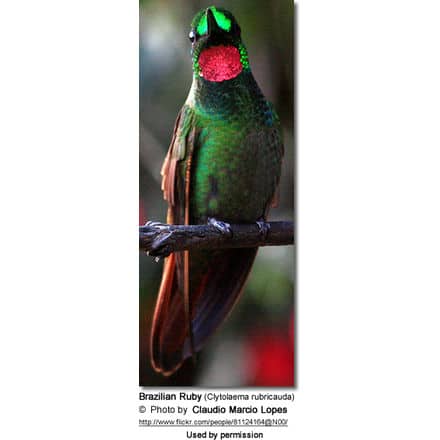The Colorful Jays
The jays are medium-sized, usually colorful and noisy species of birds that are members of the crow family Corvidae.
These intelligent birds have complex social systems.
A group of jays is often referred to as a “band”, “cast”, “party” or “scold” of jays.
Behavior
The Jay is known for its colorful appearance, aggressive behaviors, mischievous activities and strong vocalizations.
Able to imitate the sounds of many other birds, they also have a seemingly endless number of whistles and calls of their own. They particularly enjoy imitated hawks and teasing owls.
They derive great pleasure from expressing their extremely noisy calls and songs.
Description
Jays vary in size from medium to large, ranging from 22 to 30 cm.
They possess short wings, a large crest and long, rounded tails.
Their plumage is brilliant in its colors, ranging from shades of gray to strikingly beautiful hues of blues and purples, blacks and whites. Some species’ markings are quite spectacular, with barring around the neck.
Photos of Different Jay Species for Identification
Diet
Their diet includes mice, insects, carrion, nuts, seeds and fruits. Some species also feed on spiders, snails, salamanders and tree frogs.
Breeding / Nesting
Jays are extremely protective of their nesting sites, and will give forth an ear-splitting scream when an intruder approaches it. If that warning isn’t sufficient, they will dive-bomb the offending individual, both animal and human. Their large nests are built in trees, bushes and old buildings and are constructed from twigs, grasses, bark and leaves. Some species collect and hoard shiny, bright objects to place in the nest. The female jay normally lays five eggs and incubates them for 17 or 18 days. The pair is monogamous, maintaining the pair bond until one dies.
OLD WORLD (“BROWN”) JAYS
Genus, Garrulus:
- Eurasian Jay, Garrulus glandarius – Found in Western Europe and Northwest Africa to the Indian Subcontinent and further to the eastern seaboard of Asia and down into Southeast Asia
- Lanceolated (Black-headed) Jay, Garrulus lanceolatus – Found in Afghanistan, Nepal and the Himalayas.
- Lidth’s Jay, Garrulus lidthi – Found in the southern Japanese islands of Amami ?shima and Tokunoshima

Genus, Podoces
- Henderson’s Ground Jay or Mongolian Ground-jay, Podoces hendersoni – Found in China, Kazakhstan and Russia. The bird is light tan with iridescent blue on its primary feathers. It has a long, curved beak and a black stripe on its forehead.
- Biddulph’s Ground Jay or Xinjiang Ground-jay , Podoces biddulphi – Found in China.
- Persian Ground Jay, Podoces pleskei – Found in Iran
- Turkestan Ground-jay, Grey Ground Jay or Pander’s Jay, Podoces panderi – Found in the semi-desert areas of Asia and Mongolia
Genus, Ptilostomus
- Piapiac, Ptilostomus afer – Found in the tropical equatorial region of central Africa from the west coast of Senegal to Sudan and southern Ethiopia.
Gray Jays – Genus, Perisoreus
- Siberian Jay, Perisoreus infaustus – Found in Northern Eurasia
- Sichuan Jay, Perisoreus internigrans – Found in China
- Gray Jay, or Canada Jay or Whiskeyjack, Perisoreus canadensis – Found in the North American areas of the Rocky Mountains, New Mexico and Arizona
AMERICAN (“BLUE”) JAYS
Genus Aphelocoma
- Florida Scrub Jay, Aphelocoma coerulescens – Found only in Florida
- Island Scrub Jay, Aphelocoma insularis – Found inSanta Cruz Island of the coast of Southern California
- Western Scrub Jay, Aphelocoma californica – Found in Western Washington state along the coast to Texas and Mexico
- Mexican Jay, Aphelocoma ultramarine – Found in the Sierra Madre Oriental, Sierra Madre Occidental, and Central Plateau of Mexico, Eastern Arizona, western New Mexico and western Texas in the United States
- Unicolored Jay, Aphelocoma unicolor – Found in northwestern Central America and southern and southeastern Mexico, from central Honduras west to central Guerrero, southern Veracruz and extreme southern San Luis Potosi.
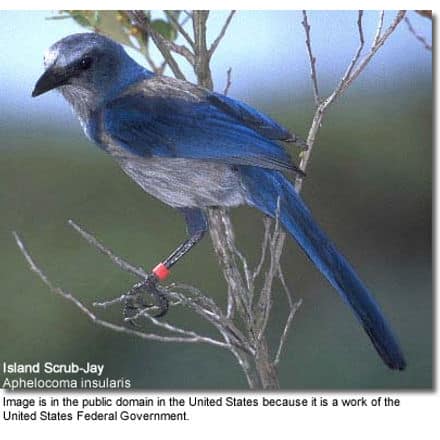
Genus, Gymnorhinus
- Pinyon Jay, Gymnorhinus cyanocephalus – Found in the Southwestern United States
Genus, Cyanocitta
- Steller’s Jay, Cyanocitta stelleri – Found in the western half of North America, from Alaska to Nicarague
- Blue Jay, Cyanocitta cristata – Found in Southern Canada and all of the United States east of the Rocky Mountains
Genus, Calocitta
- Black-throated Magpie-jay, Calocitta colliei – Found in the Pacific Slope of Mexico
- White-throated Magpie-jay, Calocitta formosa Three subspecies – Found in Southern Mexico; South-eastern Mexico, Western Guatemala, and Costa Rica
Genus, Cyanocorax
- Tufted Jay, Cyanocorax dickey – Found in the Sierra Madre Occidental of Sinaloa and Durango in Mexico
- Black-chested Jay, Cyanocorax affinis – Found in Columbia , Costa Rica, Panama and Venezuala
- Green Jay, Cyanocorax ynca – Found in Mexico, S. America and Southern Texas
- Brown Jay, Cyanocorax morio, found from Mexico south into Central America on the Gulf slope to the Rio Grande Valley in southern Texas
- Bushy-crested Jay, Cyanocorax melanocyaneus – Found in El Salvador, Honduras, Nicaragua and Guatamala
- San Blas Jay, Cyanocorax sanblasianus – Found in the Pacific coast of Northern Mexico
- Yucatan Jay, Cyanocorax yucatanicus – Found in Belize, Guatemala and Southern Mexico
- Purplish Jay, Cyanocorax cyanomelas – Found in Argentina, Bolivia, Brazil, Paraguay, Peru, and Uruguay
- Azure Jay, Cyanocorax caeruleus – Found in the Atlantic Forest, , in south-eastern Brazil (São Paulo to Rio Grande do Sul), far eastern Paraguay and far north-eastern Argentina
- Curl-crested Jay, Cyanocorax cristatellus – Found in Northeastern Brazil, Southeastern Amazon basin, Bolivia and Northern Paraguay
- Azure-naped Jay, Cyanocorax heilprini – Found in Brazil, Columbia and Venezuala
- Cayenne Jay, Cyanocorax cayanus – Found in Brazil, French Guiana, Guyana, Suriname, and Venezuela
Plush-crested Jay, Cyanocorax chrysops – Found in South America, Southwestern Brazil, Bolivia, Paraguay, Uruguay, and Northeastern Argentina, including southern regions of the Amazon Basin river systems, bordering the Pantanal.- White-naped Jay, Cyanocorax cyanopogon – Found in Brazil
- White-tailed Jay, Cyanocorax mystacalis – Found in Ecuador and Peru
- Black-collared Jay, Cyanolyca armillata – Found in the Andean forests of Ecuador, Colombia and Venezuela
- Turquoise Jay, Cyanolyca turcosa – Found in Columbia, Ecuador and Peru
- White-collared Jay, Cyanolyca viridicyana – Found in the Andean forests of Peru and Bolivia
- Azure-hooded Jay, Cyanolyca cucullata – Found in Central America
- Beautiful Jay, Cyanolyca pulchra – Found in Columbia and Ecuador
- Black-throated Jay, Cyanolyca pumilo – Found in El Salvador, Guatemala, Honduras and Mexico
- Dwarf Jay, Cyanolyca nana – Found in Venezuela and Southeast Mexico
- Silvery-throated Jay, Cyanolyca argentigula – Found in Costa Rica and Panama
- White-throated Jay, Cyanolyca mirabilis – Found in Mexico


